Pinpointing the oldest country in the world can’t be done with complete certainty. Instead, we can get a rough idea of some of the oldest countries in the world by looking at their history.
View in gallery
We’re going to look at some of the oldest countries in the world and how they impacted the course of human history. So, while we don’t have an exact answer to the world’s oldest country, we can certainly narrow it down.
What Makes a Country?
Before we get into the oldest countries in the world, let’s first discuss what key factors make up a country.
View in gallery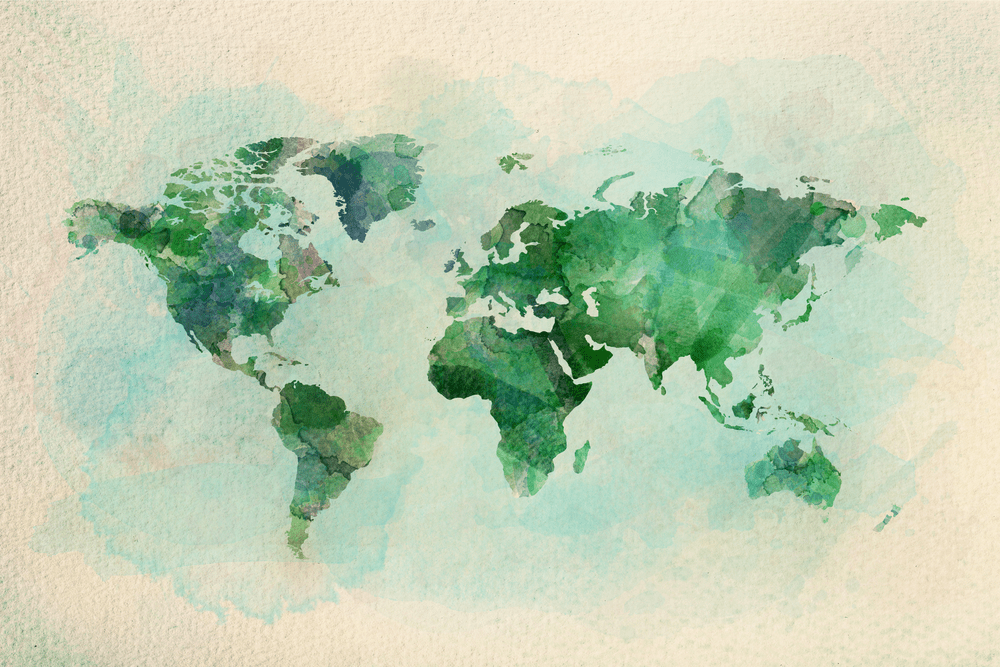
To be classed as a country, you must meet four specific criteria.
The first is a defined territory. Each country has its specified boundaries, which separate it from neighboring territories.
The second is a permanent population. An area must have inhabitants to be declared a country.
Next, your country must have a government.
This government must be capable of interacting with other states and countries.
Why We Can’t Tell A Country’s Exact Age
It can be challenging to determine when a country officially began. China and Egypt, for example, are two great cases of this.
View in gallery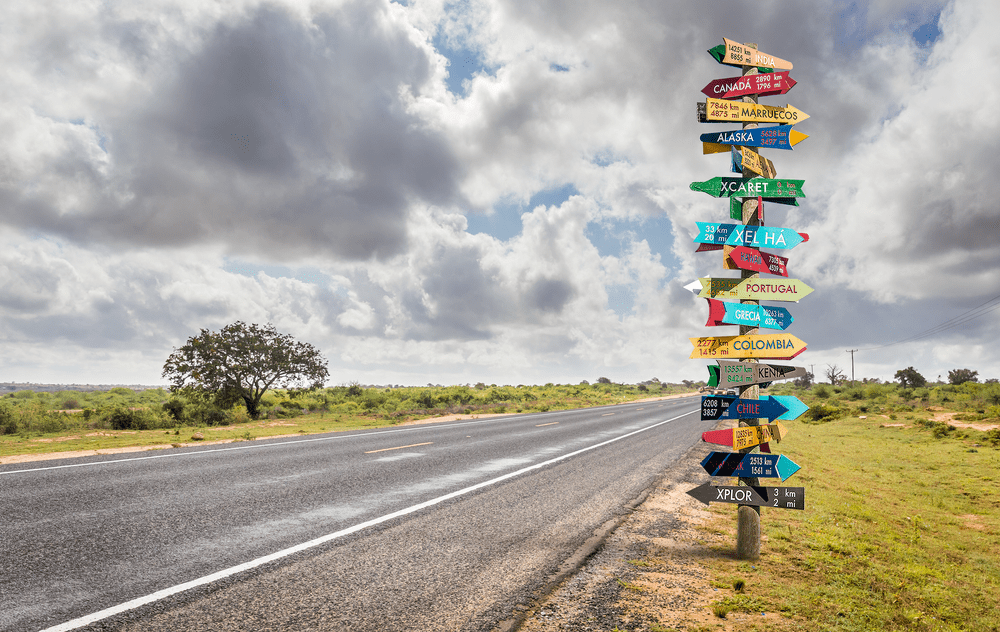
It’s no secret that China is one of Earth’s oldest civilizations. Historians have written evidence of China dating back to 7000 BCE. But, during those times, China wasn’t the country we know today. Instead, it was a series of dynasties.
Dynasties were regions taken over by kingdoms or warlords. As a result, war was common between dynasties. Because of this constant change, the borders of China were always in a state of flux. That’s why many historians say China wasn’t born until 1911-1912 when the last dynasty was replaced.
You could also say China wasn’t officially born until the civil war ended in 1949 and China became the “Democratic Republic of China.”
Egypt could have numerous birth dates. In 3100 BCE, the first pharaoh united upper and lower Egypt, which created the first Egyptian dynasty. 969 could also be a birth date when the Fatimid Caliphate founded the capital city of Cairo. You could even say it wasn’t until 1922 when the U.K recognized Egypt as an independent country.
As you can see, Chinese history existed long before we would even really call it a country, and the Ancient Egyptian era has so many significant dates that it’s hard to determine which one was its actual birth.
These two aren’t the only countries in the world with histories that are difficult to decipher. So, that’s why we can’t put together a chronological list of which country is the oldest.
Now that we’ve discussed why we can’t truly determine a country’s birthdate let’s get into some of the world’s oldest countries.
16 of the Oldest Countries in the World
As we mentioned before, we can’t put an exact date on the births of these countries, so our list will be in no particular order. These are 16 of the oldest countries in the world.
Afghanistan
View in gallery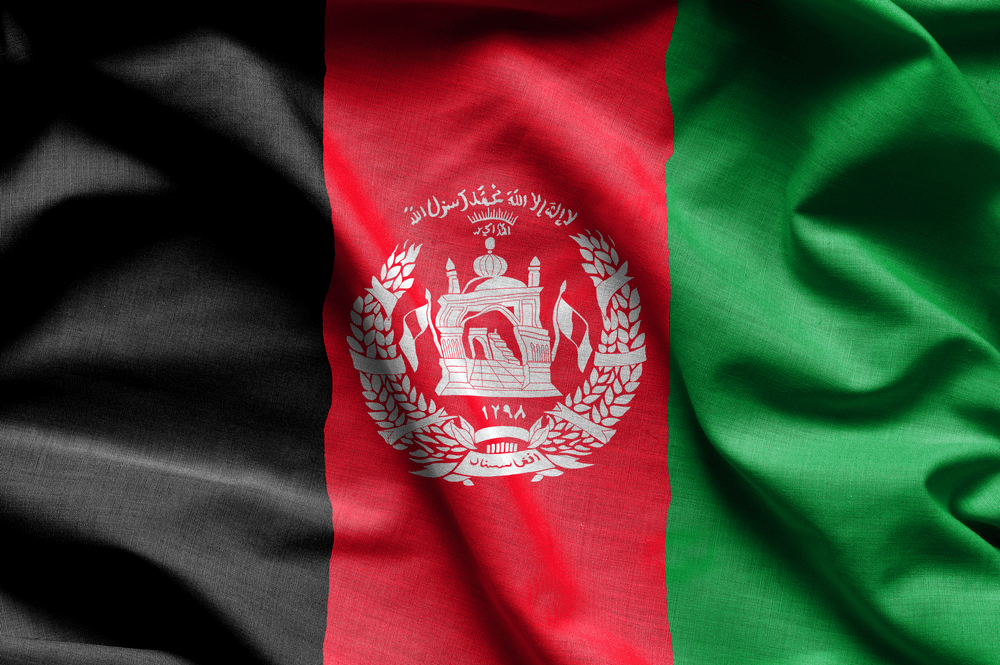
Afghanistan is a Muslim country on the Earth’s largest continent of Asia. Although Ahmad Shah Durrani founded the country in 1747, it only won independence from the British empire in 1919.
Afghanistan’s history dates back way before the world officially declared it a country. We can trace the written record of Afghanistan back to 500 BCE when, during this time, the area we now know as Afghanistan was under the Achaemenid Empire.
Because of Afghanistan’s landlocked location, it served as an important trade route throughout history. The land was used in the ancient Silk Road in Central Asia as a gateway to the Indian subcontinent, and it served as a connection between China and Europe.
When the world recognized the country: 1747
Earliest known history: 500 BCE
Armenia
View in gallery
We can find mentions of the Asian country Armenia in writings from 570 BCE. Many know Armenia for its diaspora of cultures. Stone inscriptions in caves show evidence of Armenia being inhabited by human life in 90,000 BCE.
In 301 AD, Armenia became the first country to declare Christianity as its official region. This means that the Armenian Apostolic Church is the world’s oldest national church.
When the world recognized the country: 1991
Earliest known history: 570 BCE
China
View in gallery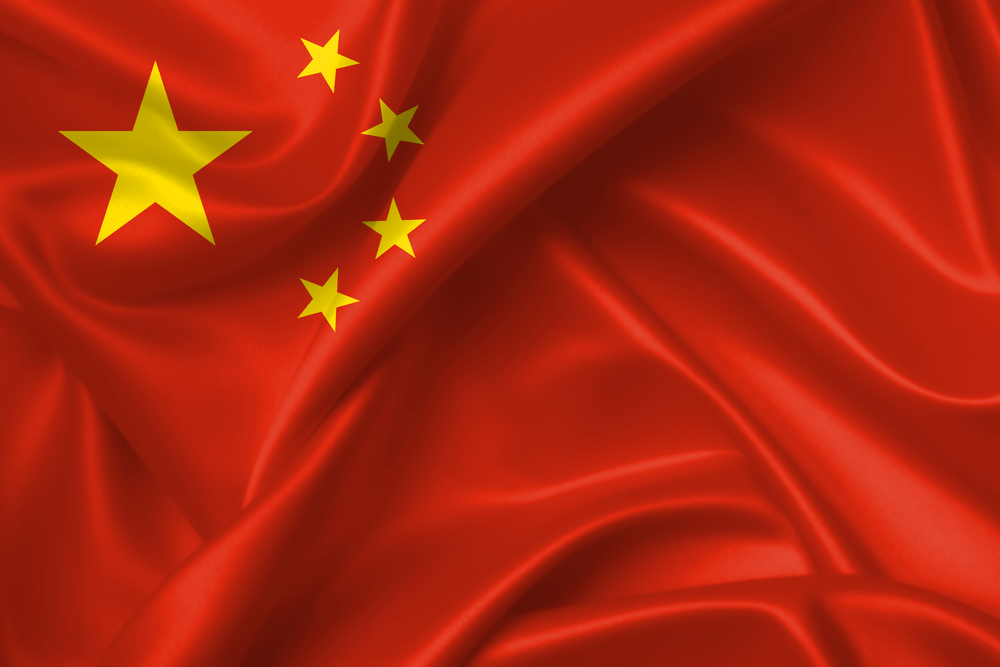
China’s earliest and longest-ruling dynasty is the Shang Dynasty, which ruled from the 17th to the 11th centuries BCE. Although we once considered this dynasty a myth, recent excavations found remains of Bronze Age settlements.
The Shang Dynasty was also the first dynasty to create a writing system of which the current Chinese script is a descendent.
Sun Yat-sen later officially founded the world’s most populous country in 1949.
When the world recognized the country: 1949
Earliest known history: 1250 BCE
Egypt
View in gallery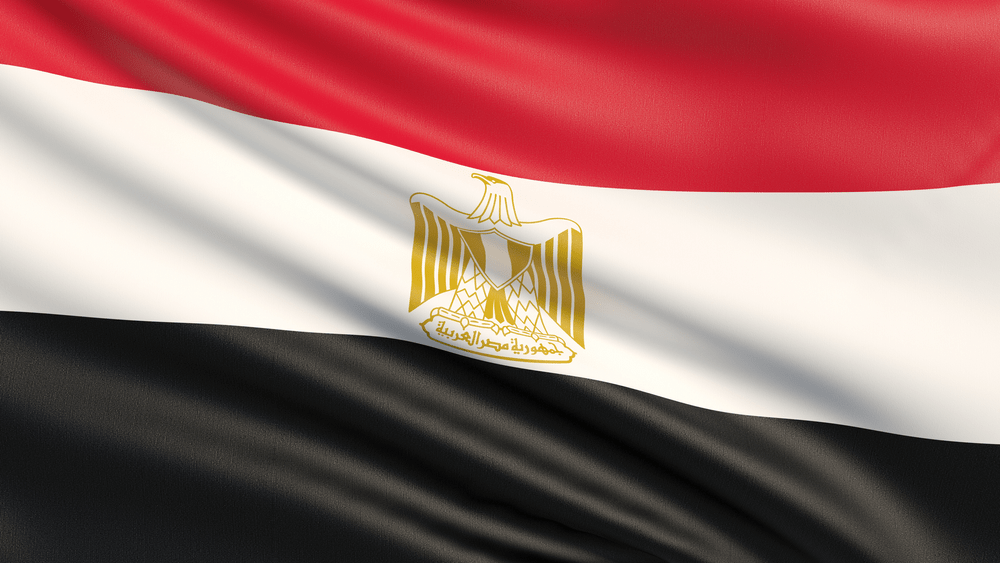
The history of Egypt is mainly understood due to the hieroglyphs left by the inhabitants of ancient Egypt. Hieroglyphs are the world’s second-oldest writing system and appeared around 3200 BCE.
Before, we briefly mentioned that the king of Egypt’s first dynasty unified upper and lower Egypt. The Achaemenid Empire later took over Egypt in the sixth century before being taken over itself in 332 BCE by Alexander the Great.
Egypt is now a majority Muslim nation and was not considered its own country until 1953 when the Egyptians broke away from British Rule.
When the world recognized the country: 1953
Earliest known history: 3150 BCE
Ethiopia
View in gallery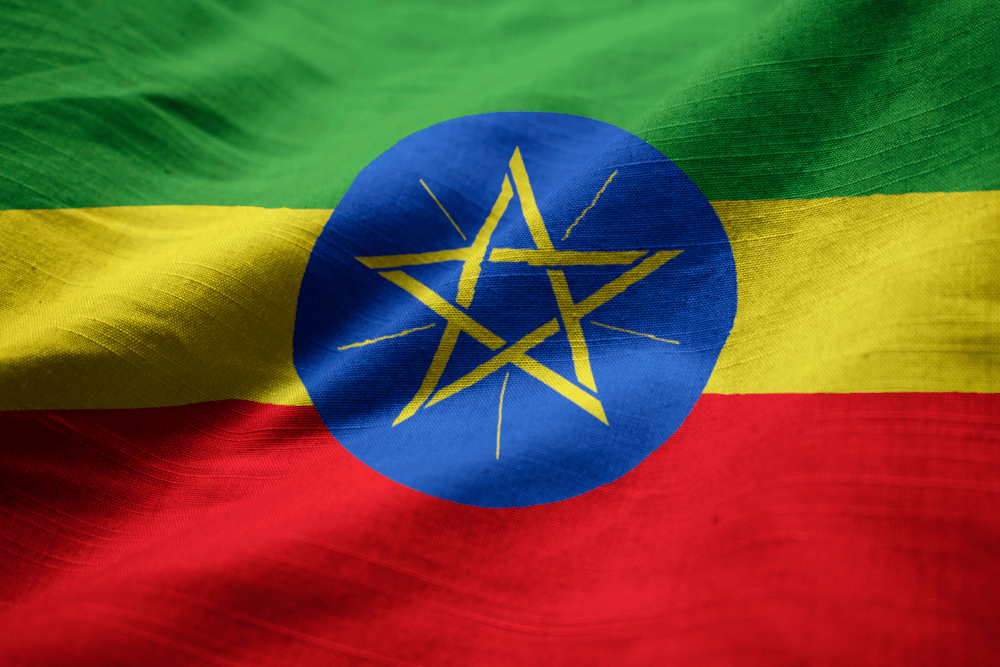
Ethiopia makes it onto the oldest country in the world list because of the hominid fossils paleontologists found amongst its land. The kingdom of D’mt during the 10th century BC was one of the earliest kingdoms to rise to power. During their reign, they established their capital of Yeha which is still home to its large temple complex.
The European colonization of western Africa occurred from 1870 to 1940. Ethiopia, however, was the only African country that Europe didn’t colonize and was also the only Independent African member to later join the UN.
When the world recognized the country: 1995
Earliest known history: 1000 BCE
France
View in gallery
We can trace France’s history back to the separation of Charlemagne’s Holy Roman Empire. The Romans initially knew the region of France as Gaul. Three main ethnolinguistic groups were present in the area: the Belgae, the Aquitani, and the Gauls. I’m sure you can guess which was the largest of the three groups.
The Gauls were Celtics that spoke a language named Gaulish. Romans, Greeks, and Carthaginians later established colonies throughout Gaul before the Frankish king Clovis I united the country in the late 5th century. From here, the medieval Kingdom of France emerged.
When the world recognized the country: 1792
Earliest known history: 1200 BCE
Georgia
View in gallery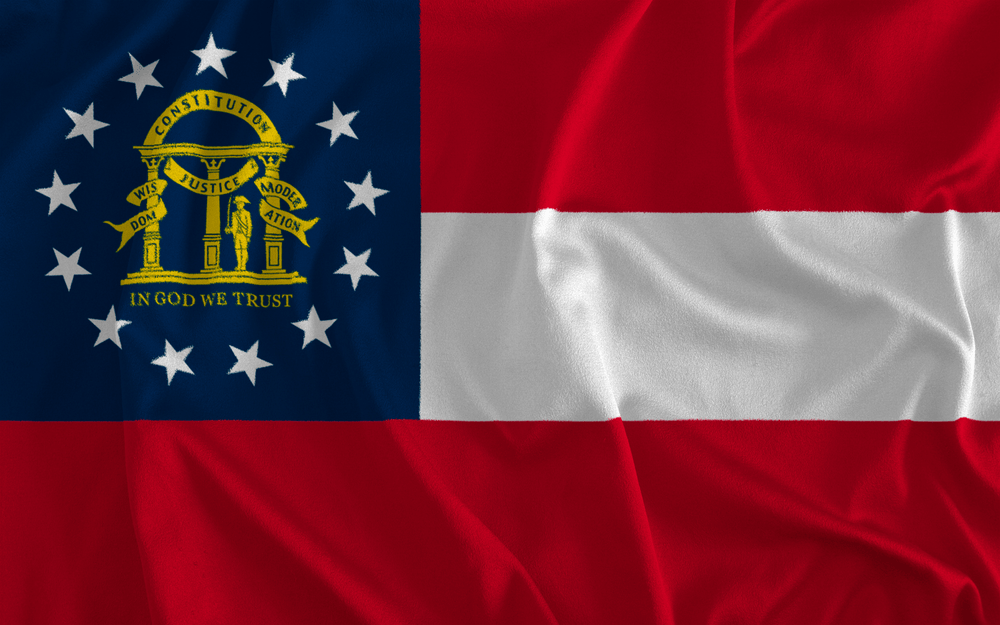
We can trace the history of Georgia to the early 11th century. People commonly mistake Georgia as the American State; however, Georgia is also the name of a country on the borders of Europe and Asia. First unified under the Bagrationi dynasty, Georgia flourished during the 10th to 12th centuries.
After numerous invasions and fragmentation, the nation of Georgia was annexed by the Russian Empire in the 19th century.
The current Republic of Georgia has now been independent since 1991.
When the world recognized the country: 1991
Earliest known history: 1001 BCE
Greece
View in gallery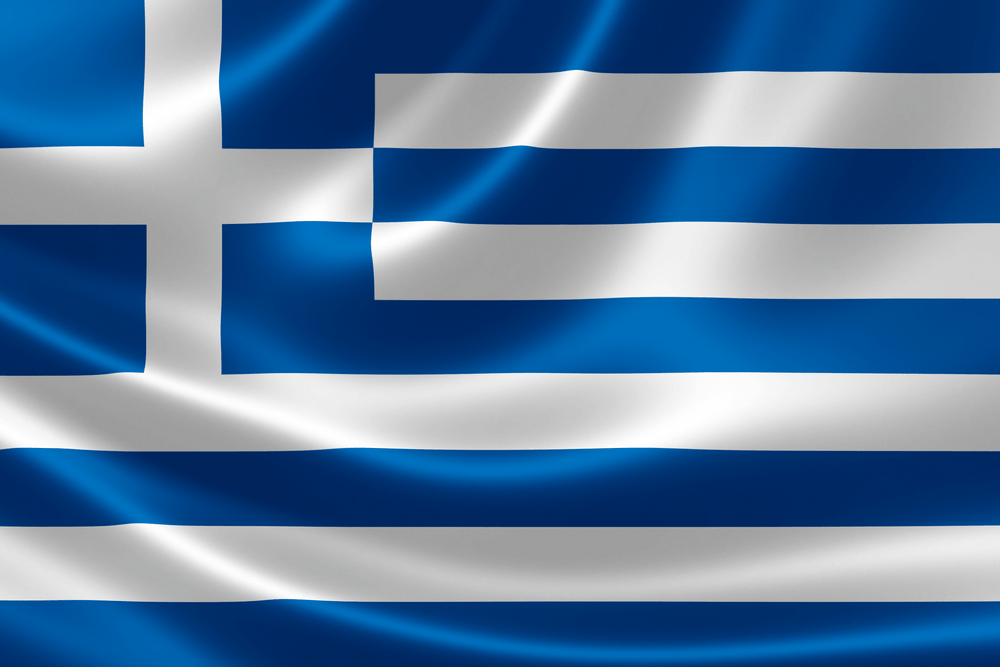
Ancient Greece is well-known all over the world and dates back to 3200 BCE. So it truly lines up with the meaning of the word “ancient.”
The Ancient Greek era still has its history shown in modern western civilization. Take the Olympics. Olympia held the first Olympic games in 776 BCE. The Battle of Marathon, which first took place in 490 BCE when the Persian Empire invaded Greece, inspired the modern-day long-distance race.
When the world recognized the country: 1821
Earliest known history: 3200 BCE
India
View in gallery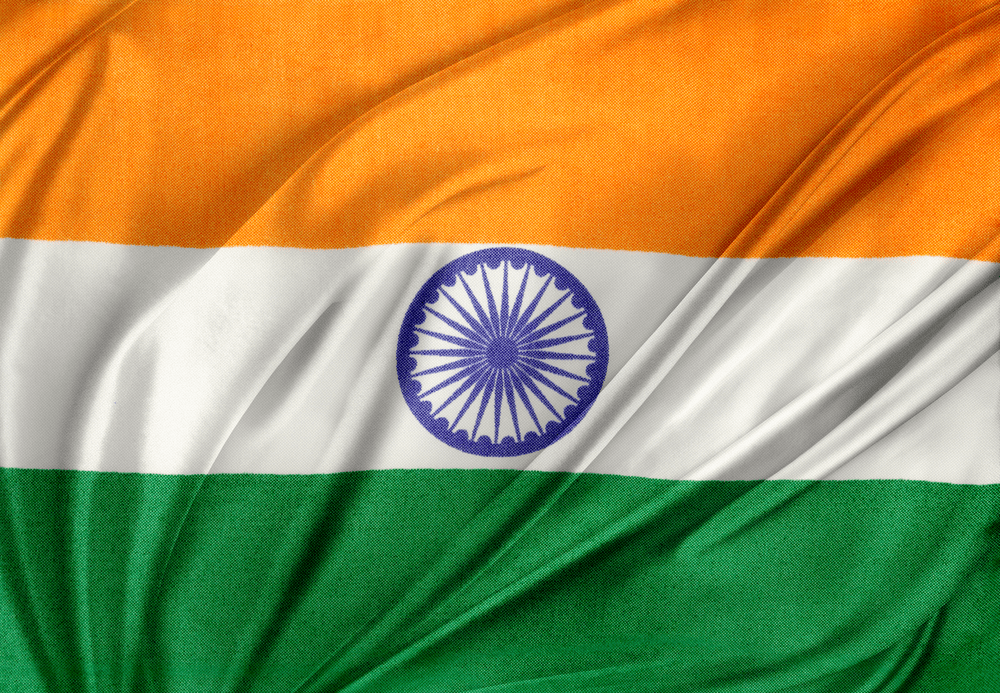
The history of India begins at the birth of the Indus Valley Civilization. Also known as the pre-Vedic or Vedic period. The Vedic civilization also laid the foundations for the religion of Hinduism, which is now practiced all over modern–day India.
Although Hinduism is India’s main religion, it wasn’t always this way. In the fifth century, the country was converted to Buddhism before Islam was later introduced in the eighth century.
When the world recognized the country: 1947
Earliest known history: 2500 BCE
Iran
View in gallery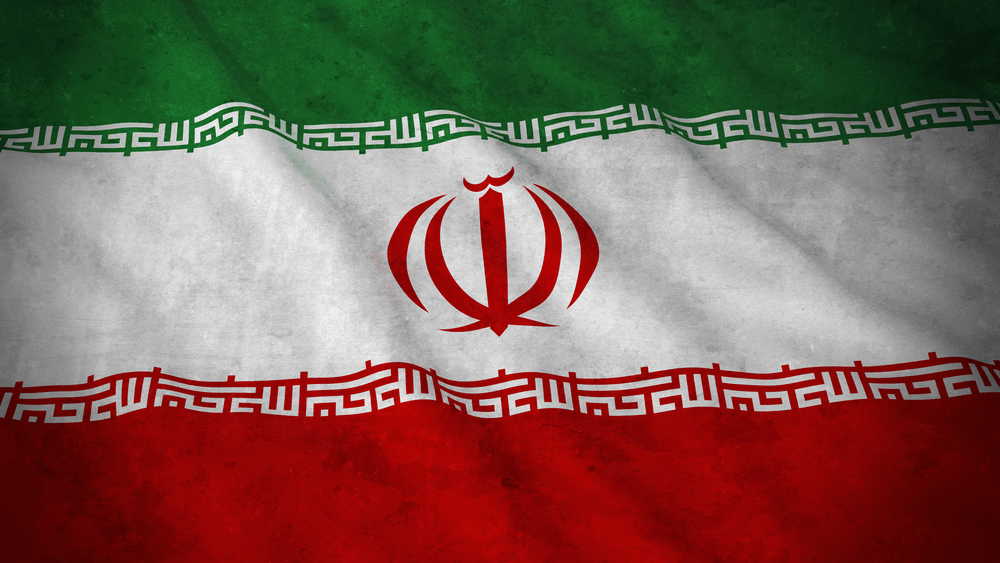
Iranian history dates back to 7000 BCE and is home to the world’s oldest continuous major civilizations. By the 1st millennium BC, Iran had two distinctive states, the Medes and the Persians.
During 550 – 330 BCE, the Achaemenid Empire grew to be the largest empire in the world. The Iranian Empire truly began in the Iron Age due to an influx of Iranian people.
When the world recognized the country: 1979
Earliest known history: 7000 BCE
Israel
View in gallery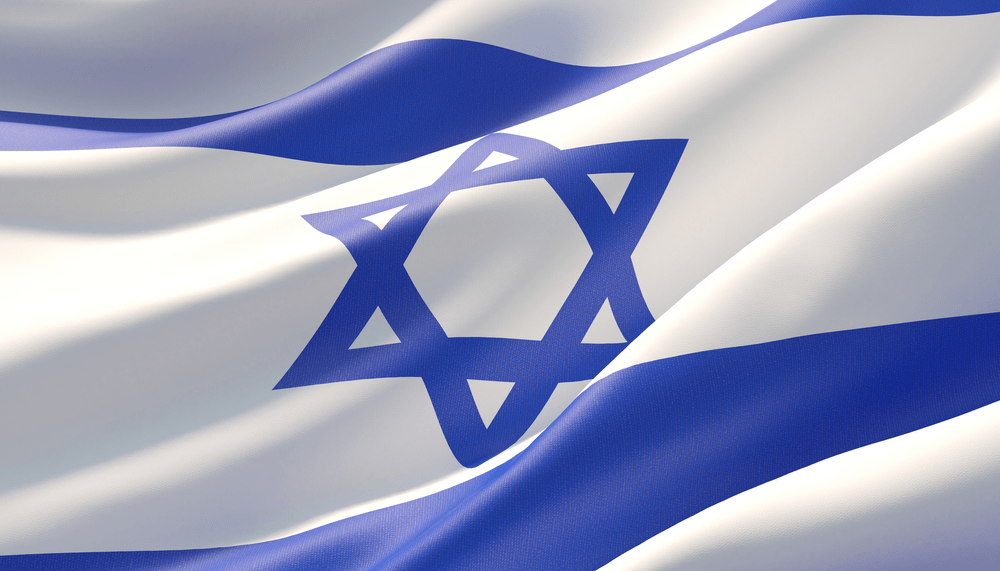
Some know Israel as the Holy Land. Others know it as the birthplace of Judaism and Christianity. Since its earliest known history, Israel has come under many empires, which gave it a diverse range of ethnicities and religions.
The country is home to a vast selection of religious sites linked to Judaism, Christianity, and Islam. The Roman Empire adopted Christianity throughout Israel in the 4th century. After this adoption, Isreal had a Greco-Roman Christian majority for six centuries.
Once the Arab Muslim Empires conquered the land, it became predominantly Muslim. Israel took back its Jewish roots in the late 19th century after the emersion of Zionism.
When the world recognized the country: 1948
Earliest known history: 1200 BCE
Japan
View in gallery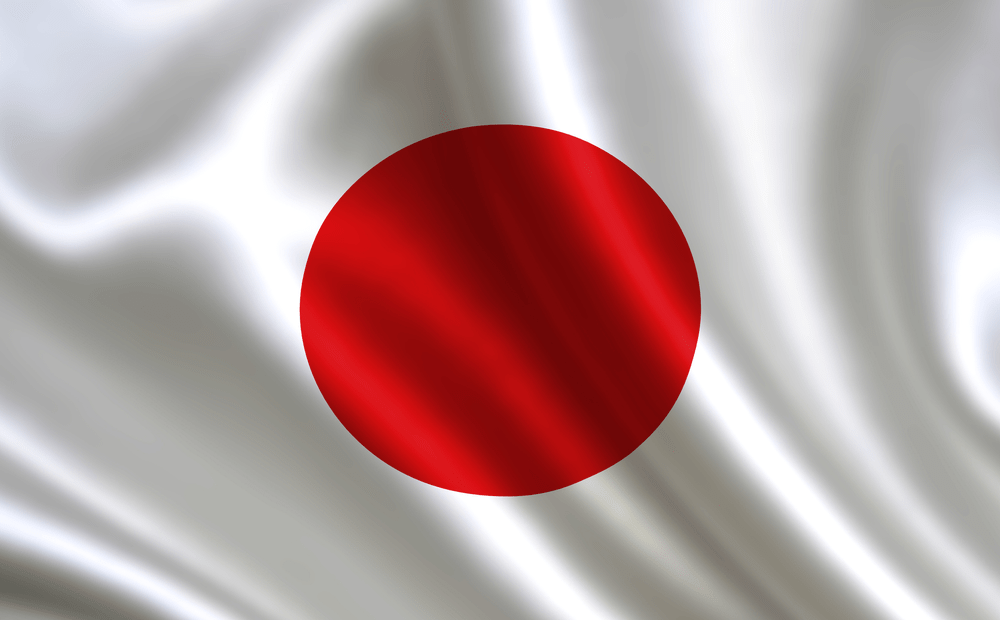
We can trace the first Japanese inhabitants back to prehistoric times. This period is known as the Jōmon period and was later followed by the Yayoi people. However, the first written records of Japan are in the Chinese book of Han in the first century CE.
Historians claim that Japan became a country in 660 BCE when Jimmu, Japan’s first emperor, founded the country. However, we cannot entirely prove this.
Somewhere during the fourth to the ninth century, Japan was unified under a central government. The Emperor of Japan controlled the government and established the imperial dynasty, which continues today.
Modern Japan emerged after the country’s 1955 economic growth; however, since the 1990s, this growth has slowed.
When the world recognized the country: 660 BCE
Earliest known history: 14,500 BCE
North Korea
View in gallery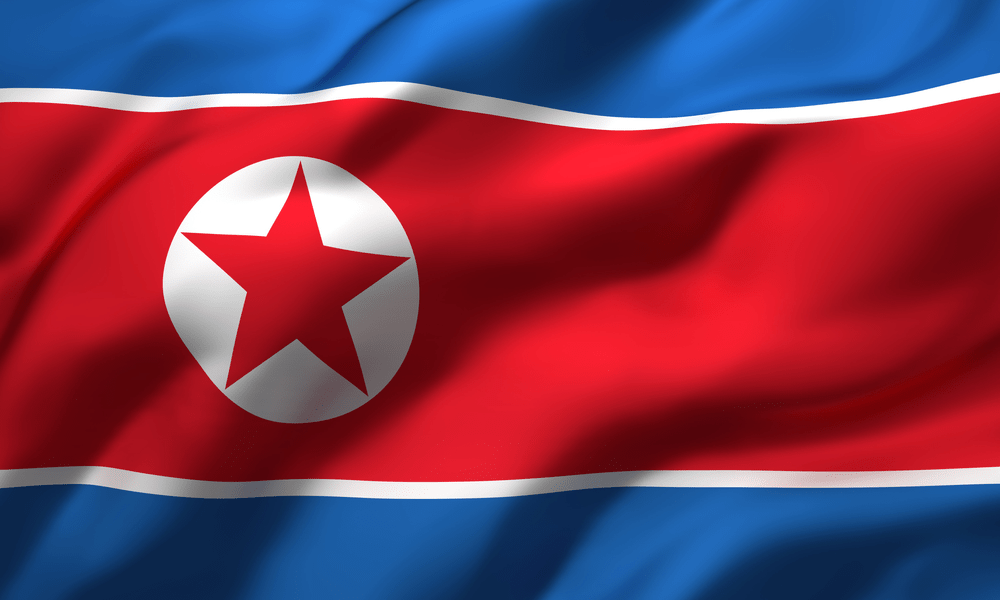
Korea hasn’t always been North and South. Historians have found evidence of stone tool production in the Korean Peninsula dating back over half a million years ago. Furthermore, the first Korean pottery dates back to 8000 BCE, so it’s safe to say that there have been inhabitants in Korea for a very long time.
The Samguk Yusa, a Korean collection of legends and historical accounts, says that Dangun founded the kingdom of North Korea in 2333 BCE.
After World War 2, the states of North and South Korea formed when the allies divided the country. The two sections now operate individually as a single government couldn’t be decided on.
Northern Korea still operates privately with rules and laws that westernized countries will class as unbelievable. For example, North Koreans aren’t allowed to watch films in a foreign language or listen to foreign music. They also can’t make international phone calls, disrespect the Kim family, or drive cars.
It’s safe to say North Korea has come a long way since its first history, but whether or not that’s a good thing is up for debate.
When the world recognized the country: 1945
Earliest known history: 2333 CBE
Portugal
View in gallery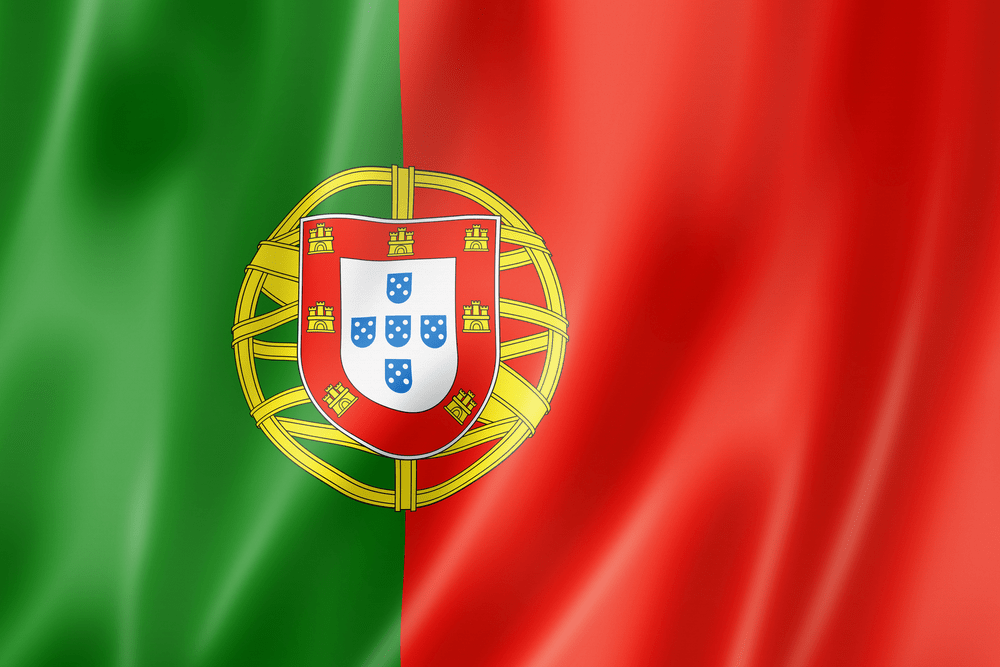
Historians believe that Portugal might be the oldest country in Europe. History from the region dates back to 400,000 years ago when the Homo heidelbergensis inhabited the area. The oldest human skull on file comes from a cave in the Portuguese village of Almonda.
Neanderthals followed the Homo heidelbergensis, and the Homosapians arrived in Portugal 35,000 years ago.
While many European countries have seen considerable changes in their borders, democracies, and monarchs. On the other hand, Portugal has remained consistent since its founding in 1143.
When the world recognized the country: 1143
Earliest known history: 400,000 years ago
San Marino
View in gallery
A tiny country with a long history is San Marino. Tradition claims that Marinus founded San Marino in 301 AD while seeking refuge.
One of the world’s smallest countries, it is entirely surrounded by Italy. The pope finally recognized San Marino as an independent country in 1631 AD.
When the world recognized the country: 1243
Earliest known history: 301 AD
Vietnam
View in gallery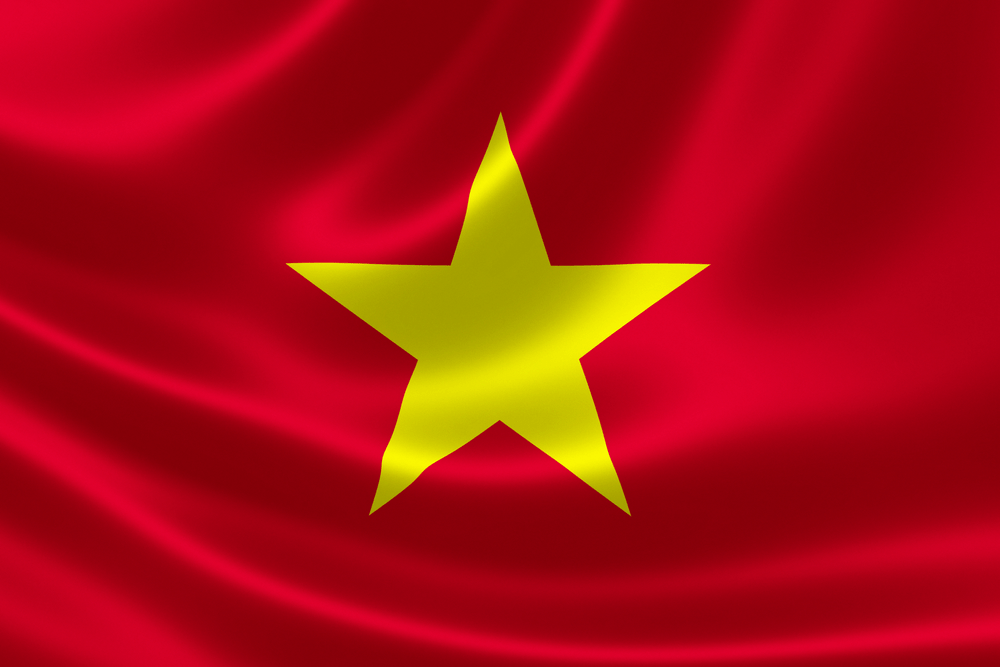
Archaeologists have found evidence of humans in Vietnam from the stone age. The Hồng Bàng dynasty established the first Vietnamese dynasty in 2879 BCE.
After the death of the last Hùng kings, a Chinese General took over Vietnam. Northern Vietnam remained under Chinese rule for a thousand years before independence movements began.
The Khúc family gained autonomy for Vietnam in the early 10th century, and the country finally gained its independence in 938 AD.
When the world recognized the country: 1945
Earliest known history: 20,000 years ago
Oldest Country in the World: Conclusion
So, there you have it, some of the oldest countries in the world.
Modern human life and our ancestors have been roaming Earth for over 6 million years and whether they specified land as different areas is unknown. What we do know is that countries all over the world have an incredible history that we are still learning about today.
It’s truly fascinating to think of the world millions of years ago and how much it differs from the time we live in today.
As we finish up with the oldest countries in the world, we’d love to know your opinions. Which country do you believe is the oldest? Did any countries on this list surprise you? Let us know in the comment section below!


